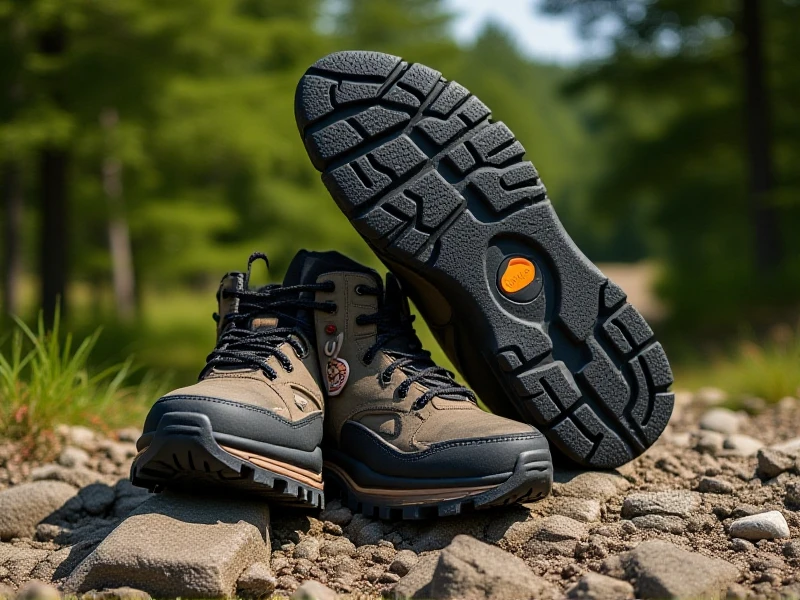Why Wear-resistant Materials Are Crucial for Industrial Applications

In many demanding industries, equipment longevity and operational efficiency depend heavily on wear-resistant components. These materials minimize degradation caused by friction, impact, or abrasion, translating to fewer breakdowns and lower maintenance costs. If your machinery operates in harsh environments, understanding wear resistance isn’t optional—it’s fundamental.
What Defines True Wear Resistance?
Genuine wear-resistant solutions aren’t just hard surfaces; they combine hardness with toughness. Key solutions include:
- Hardened Steel Alloys: Modified with chromium or boron for surface hardness.
- Ceramic Coatings: Applied via thermal spraying to shield metal substrates.
- Polymer Composites: Ideal for lightweight, corrosion-prone settings like conveyors.
Material selection must align with specific threats—abrasive particles demand different solutions than high-impact forces. A gravel conveyor belt lining needs different protection than an excavator bucket.
Industries Transformed by Wear Resistance
- Mining & Quarrying: Crusher liners, screens, and buckets endure constant rock-on-metal contact. Upgrading to wear-resistant materials extends component lifespan by 3–5X, cutting replacement costs.
- Agriculture: Tillage tools like plowshields with carbide overlays withstand soil abrasion 25% longer.
- Manufacturing: High-stress gears in steel plants using hardened alloys reduce unplanned downtime by up to 40%.
Maximizing Wear Resistance in Your Operations
- Failure Analysis: Identify wear patterns (gouging? grinding?) before selecting material.
- Hybrid Solutions: Combine treatments—e.g., hardened steel bases with ceramic-clad surfaces.
- Precision Fabrication: Even advanced alloys underperform if welding/assembly compromises integrity.
A Midwest manufacturer reduced bucket replacement costs by $78,000 annually by switching to boron-reinforced wear-resistant steel. Their ROI manifested in under eight months—proof that prioritizing material durability reshapes operational economics.
Don’t let wear dictate your profit margins. Audit vulnerable equipment, consult specialists about wear-resistant upgrades, and calculate potential savings. The data will validate the shift.